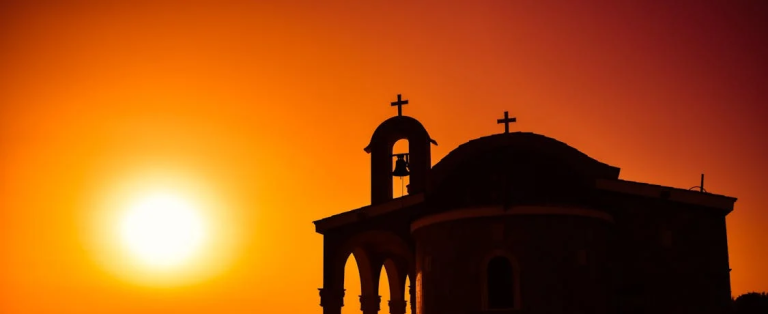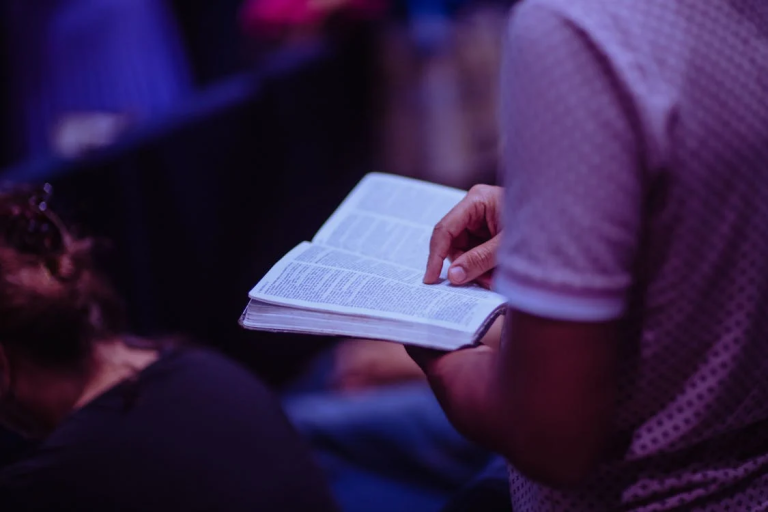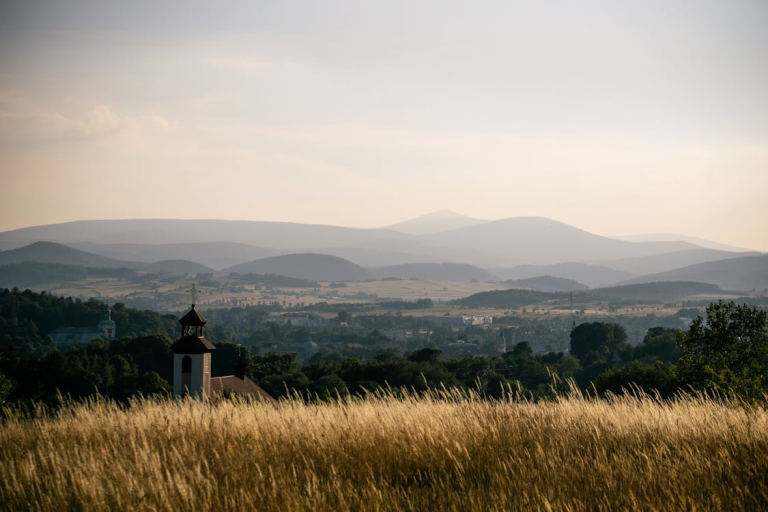Be Thou My Vision
“Be Thou My Vision” (Old Irish: Rop tú mo baile or Rob tú mo bhoile) is a traditional Christian hymn of Irish origin. The words are based on a Middle Irish poem that has traditionally been attributed to Dallán Forgaill. The best-known English version, with some minor variations, was translated in 1905 by Mary Elizabeth Byrne, then made into verse by Eleanor Hull and published in 1912. Since 1919 it has been commonly sung to an Irish folk tune, noted as “Slane” in church hymnals, and is one of the most popular hymns in the United Kingdom. The original Old Irish text, “Rop tú mo Baile”, is often attributed to Saint Dallán Forgaill in the 6th century. However, scholars believe it was written later than that. Some date it to the 8th century; others put it as late as the 10th or 11th century. A 14th-century manuscript attributed to Adhamh Ó Cianáin contains a handwritten copy of the poem in Middle Irish, and is held at the National Library of Ireland. A second manuscript is at the Royal Irish Academy, dating from about the 10th or 11th century. The text of “Rop tú mo Baile”/”Be Thou My Vision” reflects aspects of life in Early Christian Ireland (c.400-800 AD). The prayer belongs to a type known as a lorica, a prayer for protection. The symbolic use of a battle-shield and a sword to invoke the power and protection of God draws on Saint Paul’s Epistle to the Ephesians (Ephesians 6:16–17), which refers to “the shield of faith” and “the sword of the Spirit”. Such military symbolism was common in the poetry and hymnnology of Christian monasteries of the period due to the prevalence of clan warfare across Ireland. The poem makes reference to God as “King of the Seven Heavens” and the “High King of Heaven”. This depiction of the Lord God of heaven and earth as a chieftain or High King (Irish: Ard Rí) is a traditional representation in Irish literature; medieval Irish poetry typically used heroic imagery to cast God as a clan protector. In 1905, “Rop tú mo Baile” was translated from Old Irish into English by Mary Elizabeth Byrne in Ériu, the journal of the School of Irish Learning. The English text was first versified in 1912 by Eleanor Hull, president of the Irish Literary Society, and this is now the most common text used.
English Lyrics
Be Thou my vision, O Lord of my heart
Naught be all else to me, save that Thou art
Thou my best thought, by day or by night
Waking or sleeping, Thy presence my light
Be Thou my wisdom, and Thou my true word
I ever with Thee and Thou with me, Lord
Thou my great Father, and I Thy true son
Thou in me dwelling and I with Thee one
Riches I heed not, nor vain, empty praise
Thou mine inheritance, now and always
Thou and Thou only first in my heart
High King of heaven, my treasure Thou art
High King of heaven, my victory won
May I reach heaven’s joys, O bright heaven’s sun
Heart of my own heart, whatever befall
Still be my vision, O ruler of all
Heart of my own heart, whatever befall
Still be my vision, O ruler of all





